Rising Demand for Energy Efficiency
The Evaporative Cooling Tower Market is experiencing a notable increase in demand for energy-efficient cooling solutions. As industries seek to reduce operational costs and minimize energy consumption, evaporative cooling towers present a viable alternative to traditional cooling methods. These systems utilize water evaporation to cool air, which can lead to significant energy savings. According to recent data, evaporative cooling systems can reduce energy consumption by up to 30% compared to conventional chillers. This trend is particularly evident in sectors such as manufacturing and HVAC, where energy efficiency is paramount. The growing emphasis on sustainability and cost-effectiveness is likely to drive further adoption of evaporative cooling technologies, thereby enhancing the market's growth prospects.
Expansion of Industrial Applications
The Evaporative Cooling Tower Market is witnessing an expansion in its applications across various industrial sectors. Industries such as power generation, petrochemicals, and food processing are increasingly adopting evaporative cooling towers due to their efficiency and effectiveness in managing heat loads. For instance, in the power generation sector, these cooling systems are essential for maintaining optimal operating temperatures, thereby improving overall plant efficiency. The market data indicates that the industrial segment accounts for a substantial share of the evaporative cooling tower market, with projections suggesting continued growth as more industries recognize the benefits of these systems. This diversification of applications is expected to bolster the market's resilience and adaptability in the face of evolving industrial needs.
Increasing Focus on Water Conservation
The Evaporative Cooling Tower Market is increasingly aligned with the global focus on water conservation. As water scarcity becomes a pressing issue in many regions, industries are compelled to adopt cooling solutions that utilize water more efficiently. Evaporative cooling towers, which rely on the natural process of evaporation, can be designed to minimize water usage while maintaining effective cooling performance. Recent studies indicate that modern evaporative cooling systems can achieve significant reductions in water consumption, making them an attractive option for water-sensitive industries. This growing emphasis on sustainable water management practices is likely to drive the adoption of evaporative cooling technologies, thereby contributing to the market's expansion. The alignment of evaporative cooling solutions with water conservation goals positions the industry favorably in the context of environmental sustainability.
Technological Innovations in Cooling Solutions
The Evaporative Cooling Tower Market is significantly influenced by ongoing technological innovations. Advances in materials, design, and control systems are enhancing the performance and reliability of evaporative cooling towers. For example, the integration of smart technologies allows for real-time monitoring and optimization of cooling processes, which can lead to improved efficiency and reduced maintenance costs. Furthermore, the development of hybrid cooling systems that combine evaporative and mechanical cooling methods is gaining traction. Market data suggests that these innovations are likely to attract new investments and drive market growth, as companies seek to leverage cutting-edge technologies to enhance their cooling operations. The continuous evolution of technology in this sector is expected to play a crucial role in shaping the future of the evaporative cooling tower market.
Regulatory Incentives for Sustainable Technologies
The Evaporative Cooling Tower Market is benefiting from regulatory incentives aimed at promoting sustainable technologies. Governments and regulatory bodies are increasingly implementing policies that encourage the adoption of energy-efficient and environmentally friendly cooling solutions. These incentives may include tax breaks, grants, and subsidies for industries that invest in evaporative cooling technologies. Market data suggests that regions with robust regulatory frameworks are witnessing higher rates of adoption of evaporative cooling systems. This supportive regulatory environment not only fosters innovation but also enhances the competitiveness of the evaporative cooling tower market. As industries strive to comply with stringent environmental regulations, the demand for evaporative cooling solutions is expected to rise, further propelling market growth.





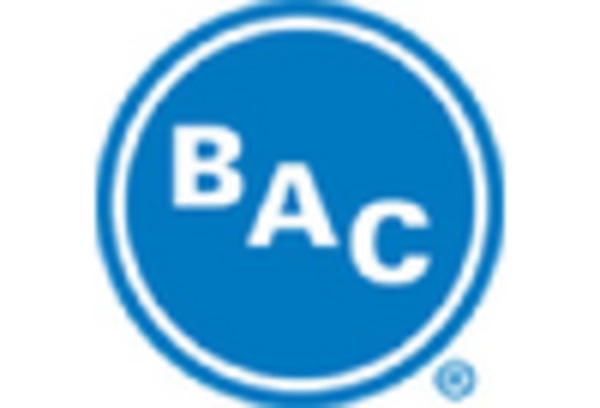
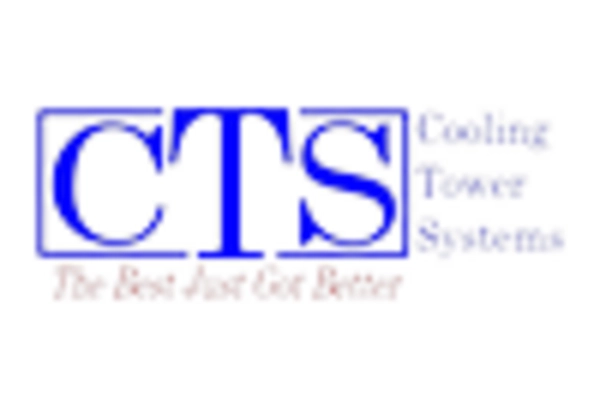
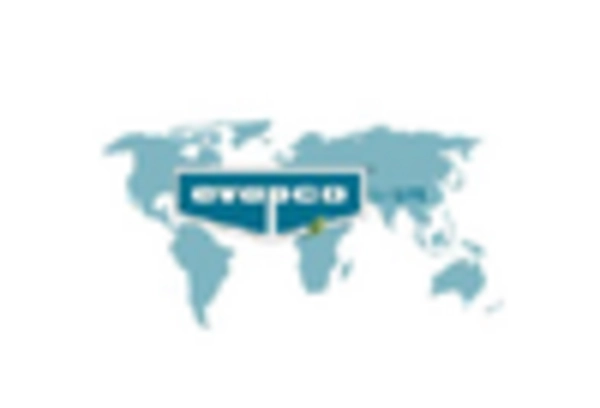
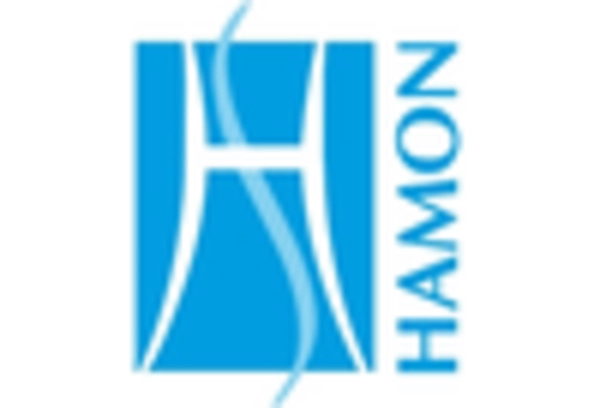
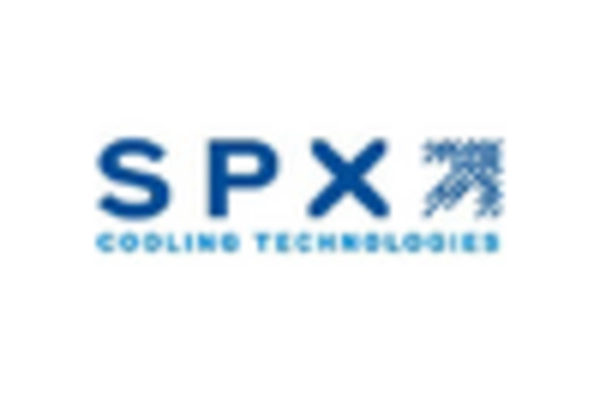








Leave a Comment